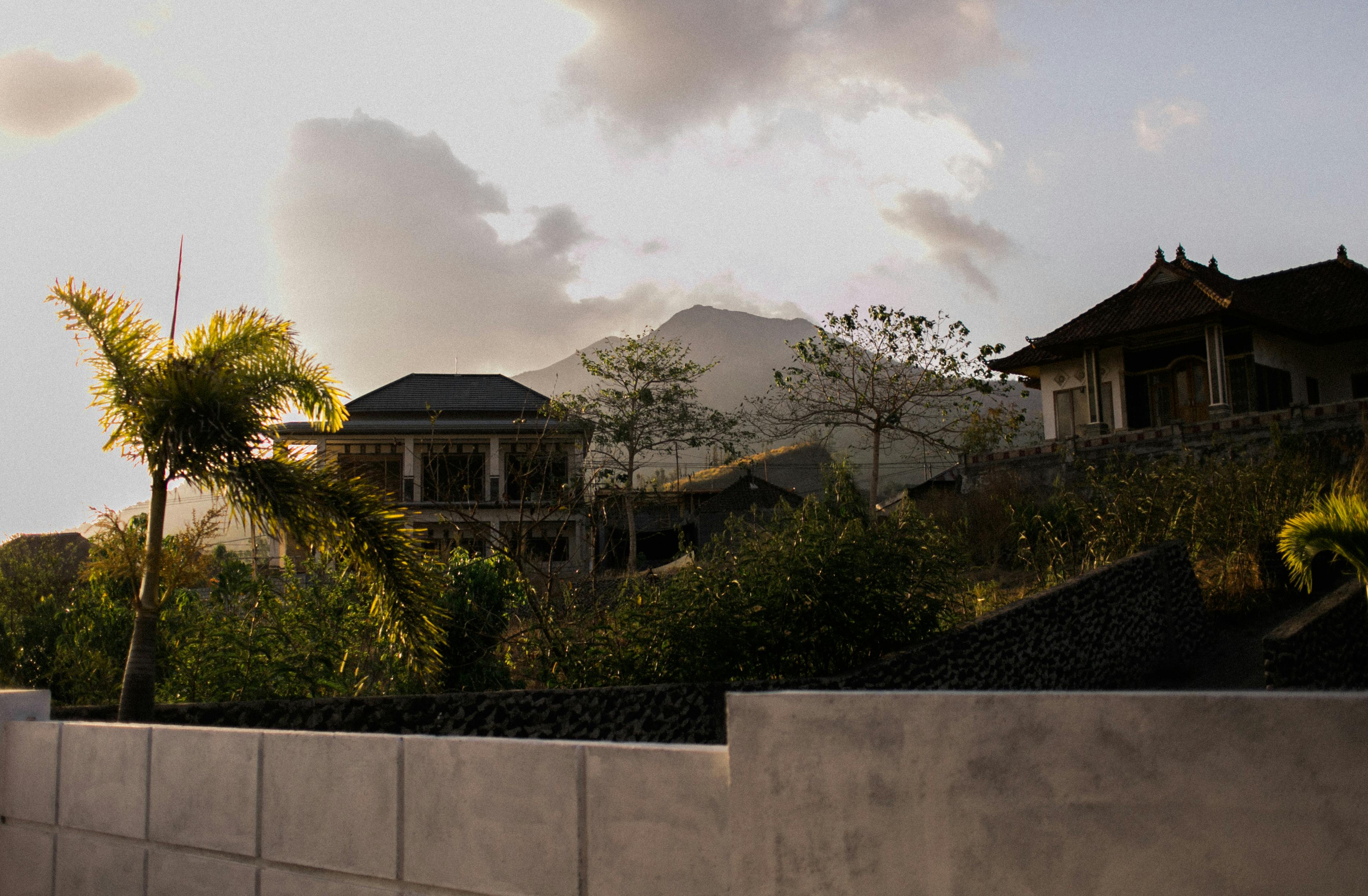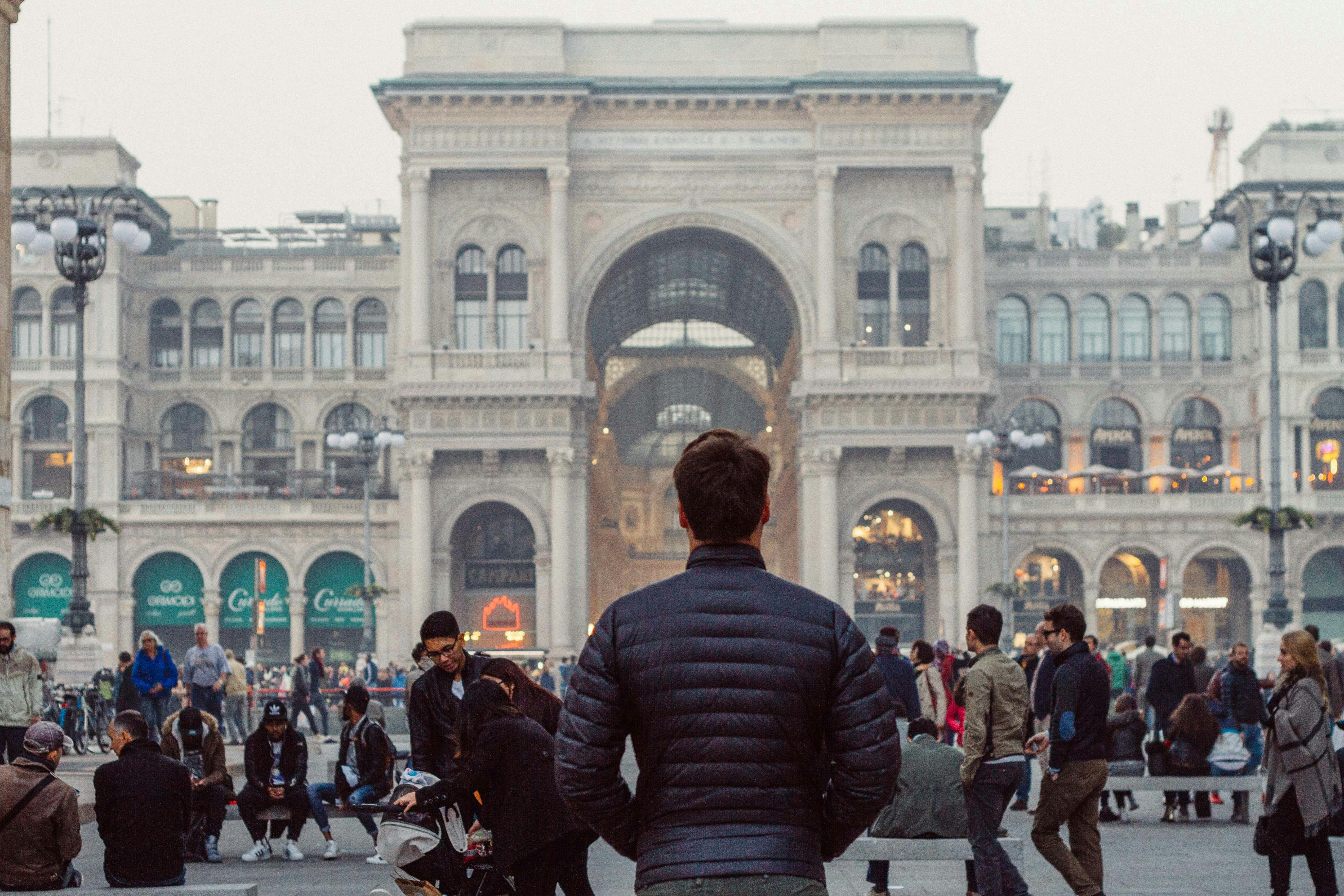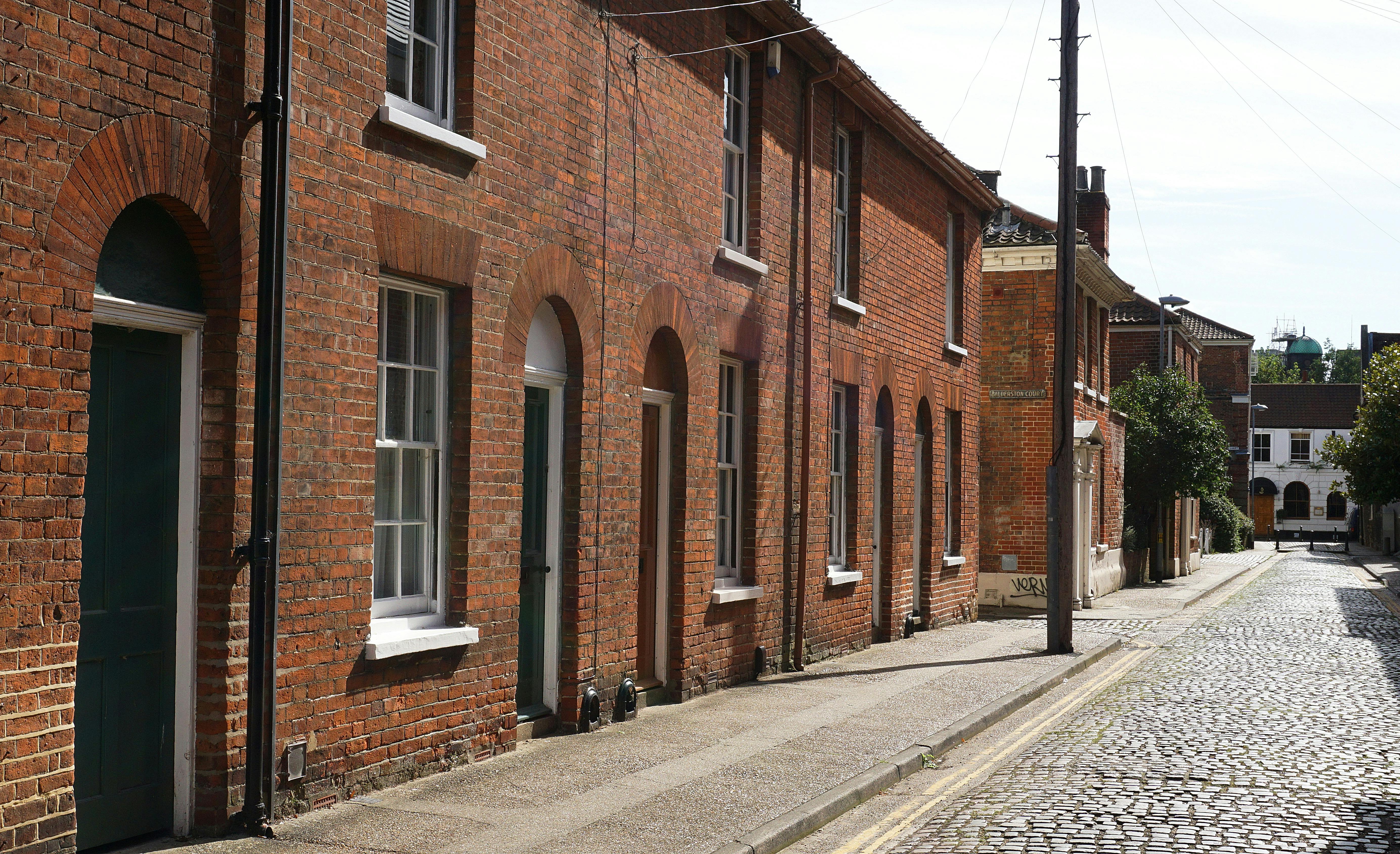Were you active in the stock market in 1987? Perhaps you were an active investor at the time, or an investment advisor, broker, or market maker. You may recall that stocks had been on a long run since 1984, with a series of flat prices during the latter half of 1985 followed by a fairly steep rise in 1987, culminating in a spike on August 25. From then until early October, prices were essentially down, then rose for eight days to a higher close on a white candlestick bar on October 1, signifying a “high” day. The indicators that we have at our disposal today, when applied to the price condition at the time, show that their readings were peaking; and that they actually peaked on October 2 (a Friday) and October 5 (the following Monday).
That Friday, October 2, a special type of reversal candlestick pattern emerged on the chart for that day: a “Doji”, in which the opening price and closing price were almost the same. (The word “Doji” is singular and plural). It was not generally known in the “West” at the time, but in Japanese trading tradition it was well understood that when a Doji appears at the high end of a price rise, it constitutes a warning of a possible trend reversal.
The next trading day, Monday October 5, another Doji appeared, the opening price and the closing price of the day were again almost the same. The uniqueness of these two Doji lies in this: between the two, one compared to the other, the opening and closing prices were almost the same.
While not understood in the “West” in those days, this double Doji pattern (both days taken together) was hugely bearish. It was actually a form of triple Doji, to which I have assigned the name “Unique Triple Doji”.
The day after the appearance of the Triple Doji, the Dow Industrials fell 92 points. (To keep things in perspective, keep in mind that the Dow at the time was around 2600.) Over the next eight days, through Friday, October 16, the Dow dropped another 302 points. Traders could have exited the market at any time during those eight days.
The following trading day, Monday October 19, became known as “Black Monday”. Prices fell at the open; and when the day’s carnage was complete, prices closed at 1738.70, for a total drop of 901.5 points, or 34%, from the close on October 5, the day of the second Doji.
People who were active in the market in those days and who are still with us now remember that Black Monday “came out of nowhere”, or that it “came out of nowhere”. It is obvious that this was not the case at all: there were nine trading days after the appearance of the Unique Triple Doji warning to get out of the market before Black Monday. The mystery is why someone would have waited so long to get out.
Observers tried to find an external “reason” for the crash. One has never been found, neither then nor after all this time since October 1987.
Now let’s take a look at the market events of April 2010 to see if we can find any parallels with the events of October 1987.
The market had been on a long climb since early March 2009, in what became known as the Great Rally of 2009, which was a bullish correction in an underlying bear market that began in October 2007. The rally came with some zigzags. and zags until, on April 26, 2010, prices topped and retraced precisely at the 61.8% retracement level of their decline since October 2007, which was a logical “Fibonacci” point at which one could wait for a top and a reversal. (The pattern for the day was a Doji). The next day, April 27, a high black candlestick (meaning a bearish day) appeared on the daily chart of the Dow Jones, “bearishly engulfing” the “real bodies” of the eleven trading day price bars that they preceded it. This was a hugely bearish trend reversal pattern. Never before have I seen a “bearish engulfment” pattern engulfing as many as eleven Royal Corps. It was a powerful pattern that warned of the possibility of a dramatic drop in prices very soon, and that its effects would be long lasting.
Two more bearish engulfing patterns (each containing only two price bars, one white and one black) emerged in quick succession. Then, on May 6, just the seventh trading day after the appearance of the high black candle, the Dow opened about 5 points lower than the previous day’s close. The 5-minute chart for that day shows that from mid-morning onwards, prices remained generally level until around 1:30pm, when they began to slowly fall. The pace picked up a bit until around 2:00 p.m., at which point it sped up, seemingly exponentially for nearly every five-minute period, to a final drop that bottomed out around 2:30, and then , in a matter of minutes, reversed the field and closed. that 5-minute period at about the price it had started at. At the Low (of that terrifying 5-minute period and day) prices had plummeted 994 points, or 9.15%.
In the graphic, the representation of the event is reminiscent of a roller coaster car, having climbed the first incline to the top of the first big drop, going over the top, slowly turning down, and then rapidly accelerating in a race. of screams. to the bottom.
I can’t find any candlestick pattern that can explain the drop. I can only point to the massive bearish engulfing pattern in April, which was followed almost immediately by two additional two-bar bearish engulfing patterns, as accurate predictors of the drop.
To date, researchers continue to search for an “external cause” for the decline. They haven’t found one yet. If the case of the 1987 Crash to date is any guide, they may never find one.



